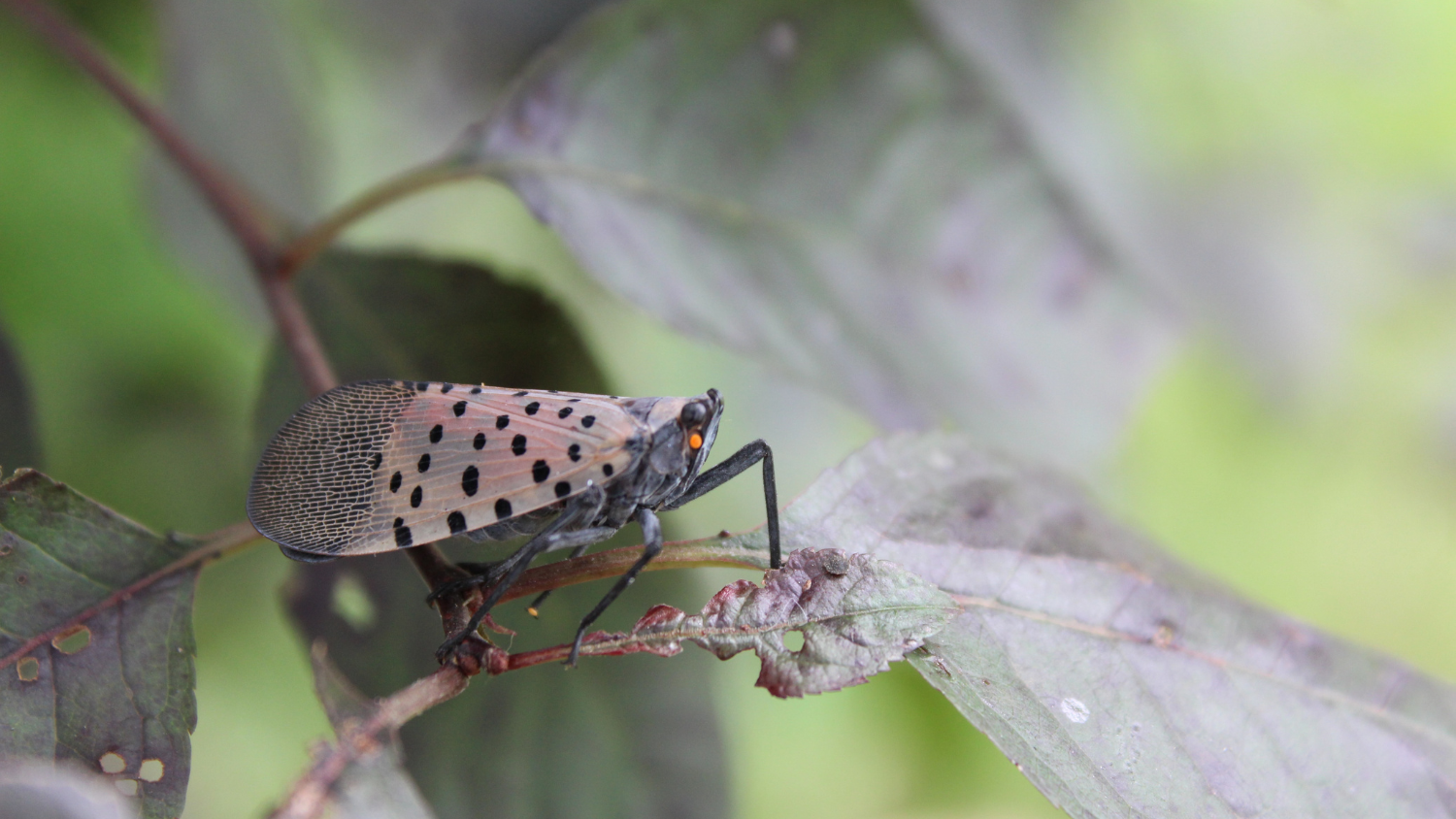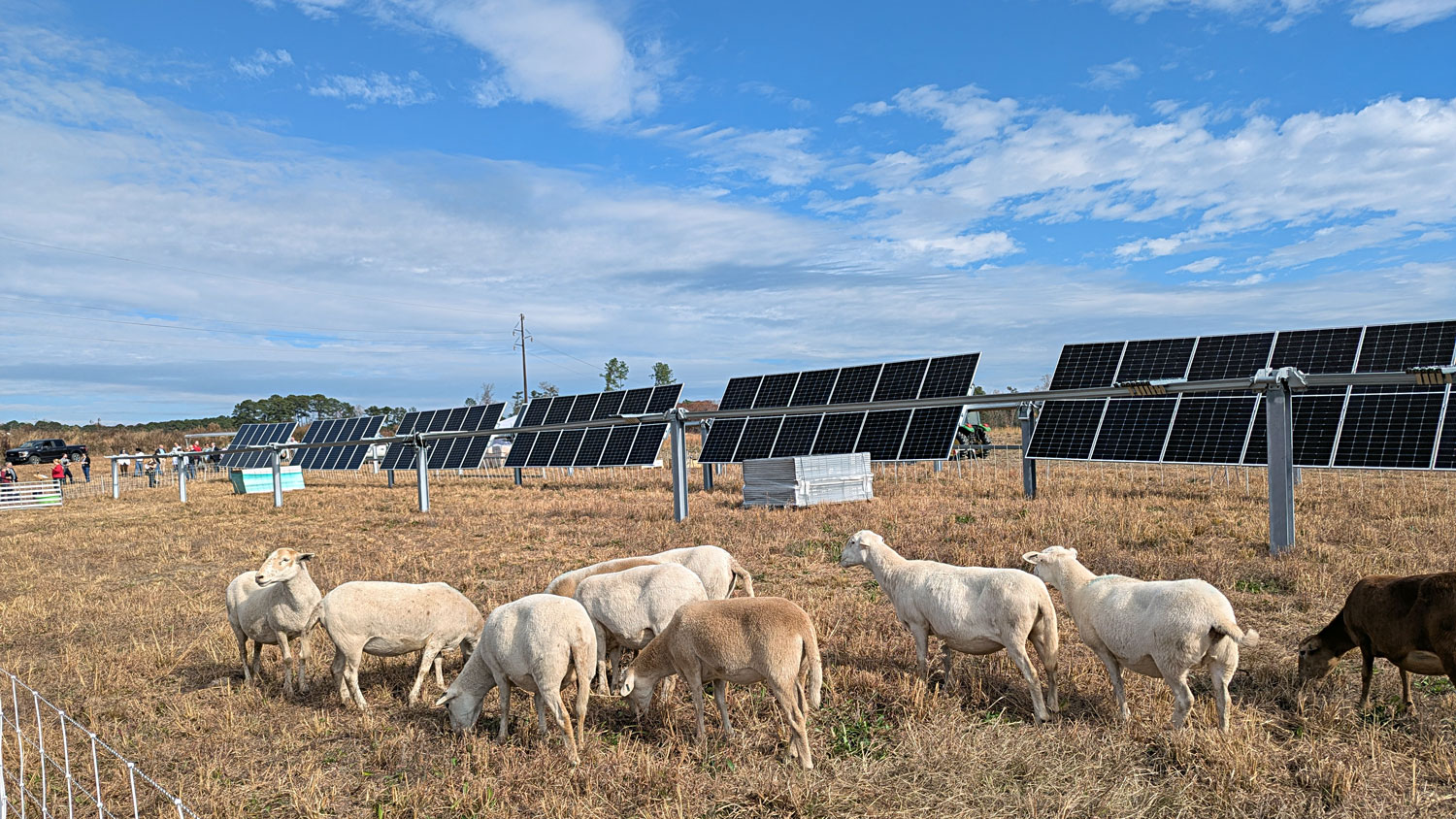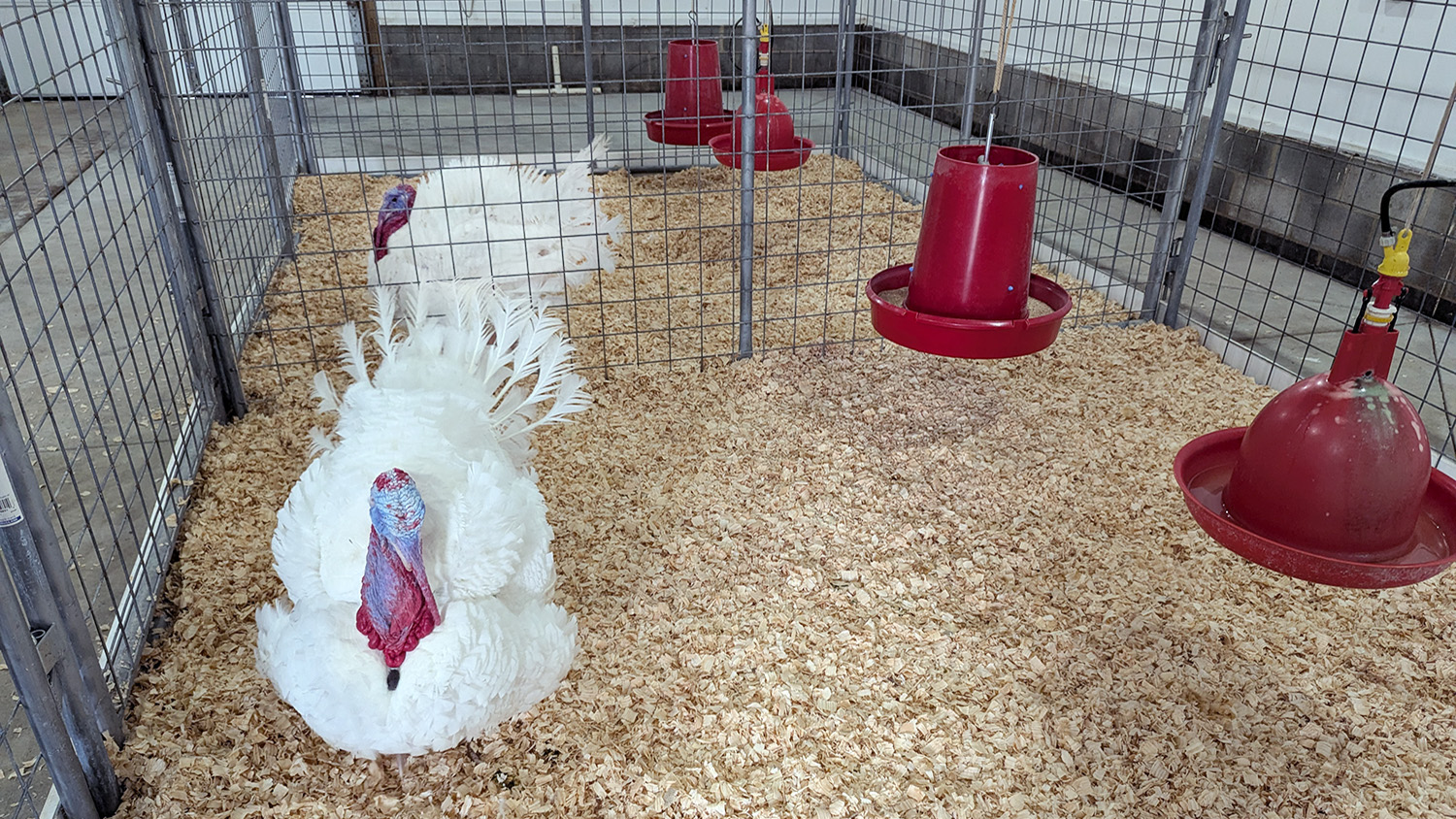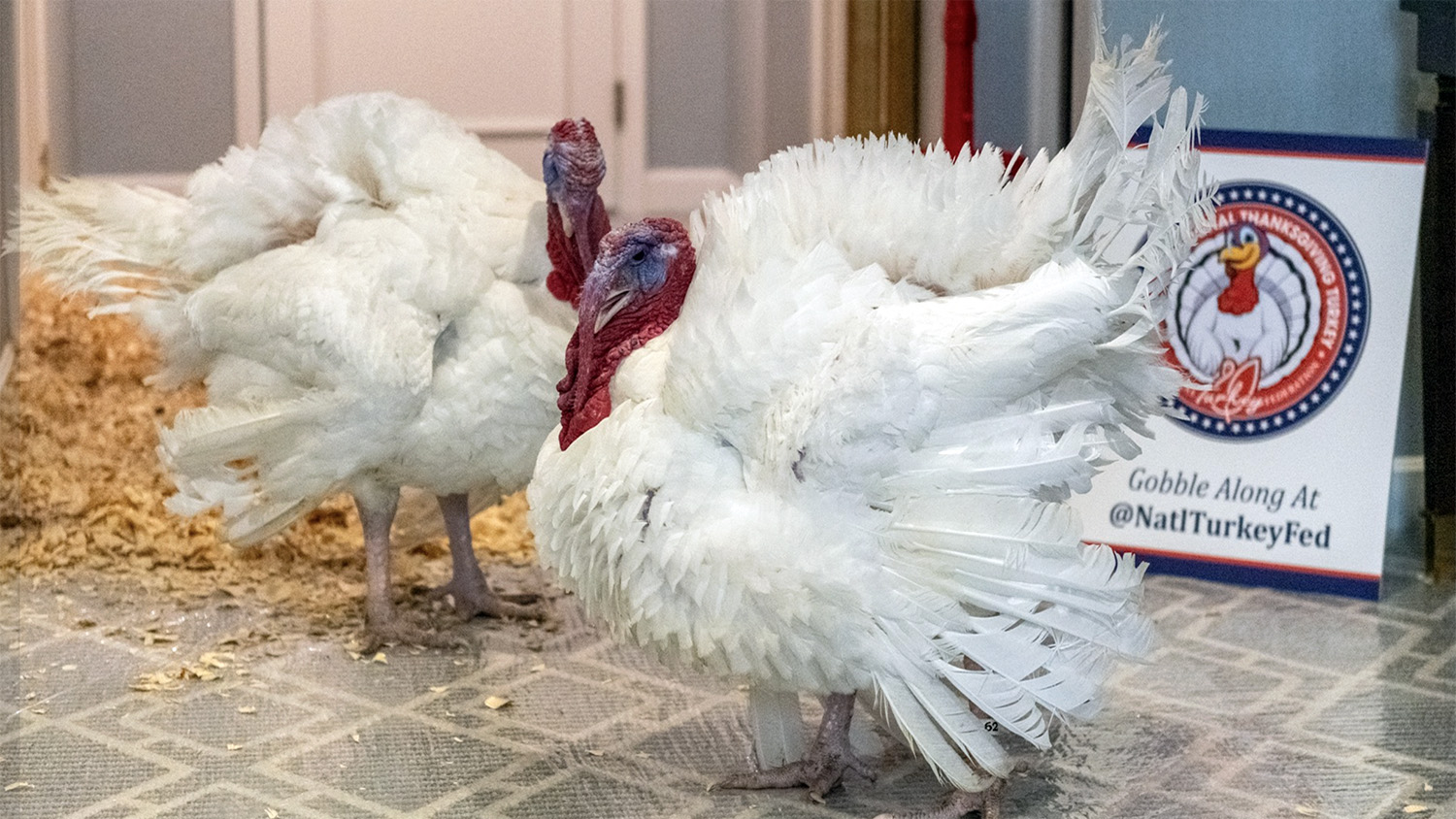As we head into harvest season for grapes, North Carolina vineyards are on the lookout for a particularly unwanted guest—the spotted lanternfly. This invasive pest originated in China and first was reported in the United States in 2014. It has now established itself along the East Coast in New York, Delaware, Virginia and North Carolina.
Currently, the North Carolina Department of Agriculture and Consumer Sciences is assessing and treating spotted lanternflies in Kernersville and a small area in Forsyth County. Early detection is critical to stopping its spread and minimizing the devastating effect it could have on NC crops, especially grapevines and fruit trees. We sat down with Kelly Oten, assistant professor and Extension specialist in forest health, to learn how to spot it, what to do about it, and why we need to report it.
Additional Resources:
- If you see a suspected spotted lanternfly, report it here.
- Learn more about the spotted lanternfly
Podcast Transcript
HOST:
As we head into harvest season for grapes, North Carolina vineyards are on the lookout for a particularly unwanted guest—the spotted lanternfly. This invasive pest originated in China and first was reported in the United States in 2014. It has now established itself along the East Coast in New York, Delaware, Virginia and North Carolina. Currently, the North Carolina Department of Agriculture and Consumer Sciences is assessing and treating spotted lanternfly in Kernersville and a small area in Forsyth County. Early detection is critical to stopping its spread and minimizing the devastating effect it could have on NC crops, especially grapevines and fruit trees. We sat down with Kelly Oten, assistant professor and Extension specialist in forest health to learn how to spot it, what to do about it, and why we need to report it.
Oten is an entomologist who focuses on insects that feed on and in some cases kill trees. She primarily focuses on invasive species—including the spotted lanternfly.
OTEN:
We’ve seen it spreading getting closer and closer to North Carolina. And then of course the both exciting and terrible news that it was actually found here. So it’s right in my wheelhouse of being invasive, attacking trees, and now is in North Carolina.
HOST:
Spotted lanternflies tend to gather in large numbers on trees, and while they may not kill them, they can be harmful to other crops.
OTEN:
This is going to be a pest that will impact some agricultural crops, specifically grapes or, of highest concern in North Carolina with all the wineries that we have wine making, they can attack grapevine. They can kill grapevine if they attack in heavy numbers, but they also reduce the crops quite significantly. And then the grapes that do remain on the vine have a lower sugar content. So, there’s going to be a lot of pest management for people who grow grapes here in North Carolina, that’s just going to have to take place. But then on the other side, you know, for non-agricultural people, non-growers, this is gonna be a very annoying insect. So this congregates in large numbers, there have been images of it in infested areas in Pennsylvania, for example, just like huge numbers on the door to a Chipotle.
So people couldn’t go in and get their burrito. If you Google images of them on trees, you will see backyard trees just covered in hundreds and thousands of these and people don’t like to hang out outside when there’s that many insects hanging around, but they’re also messy.
So these are sap-sucking insects. They feed on fluids within the tree or the plant that they’re attacking. But because of this, they excrete large amounts of honey dew and honey dew is this sweet, sticky substance. It falls down from trees, aphids, emitted, scales, emitted. This isn’t unique to spotted lanternfly, but spotted lanternfly is a bigger insect and they have a lot of it. So this will rain down. It causes a huge mess soy mold, which is a type of fungus can grow on it, which is really not aesthetically pleasing. But then it also attracts stinging insects. So again, if you’re hanging out outside, not only do you have this huge population of spotted lantern fly, but then you might have wasps and bees attracted to the area as well.
HOST:
So how do you know a spotted lanternfly when you see one? Well, that’s the hard part.
OTEN:
So spotted lanternfly is tricky, and this is actually probably one of the biggest obstacles when it comes to outreach for spotted lanternfly, they have several different looks. Their egg mass is a stage that could actually be transported many hundreds of miles because the females will lay them on many different objects. And it just looks like a smear of mud. People think nothing of it when they see it. And that’s actually how we think spotted lanternfly was introduced to the us in the first place as an egg mass hitch hiking, most likely on a stone shipment. So that’s what the egg mass looks like. Then they go, when they hatch, they are in a nymph stage. So this is an immature stage. A lot of people think they look a little bit like ticks when they’re really small. They have really long legs. They hop, they do not have wings yet, and they are black with white spots. And then in their last stage of being a nymph, they are red and black with white spots. Then they molt and become an adult. There’s no cocoon or pupil stage like you see with moths or butterflies. They molt and become the adult, and the adult are these pretty large insects an inch to an inch and a half in size. They’re kind of gray and they have black spots on their wings. And these are folded over their wings at rest. So you don’t see their under wings most of the time. Like if you were to see them at rest on the plant, you just see these gray and black speckled wings. And the reason I’m saying that is a lot of images show them with their wings spread and the underwing are bright red. So it’s something that a lot of people look for. A lot of people think they look like moths in this stage, but really what you’re more likely to see if you came across an infestation, is the insect with the wings covering those bright red hind wings.
HOST:
Once you suspect you have seen a spotted lanternfly, the best thing to do is take a picture of it and report it on the North Carolina Department of Agriculture and Consumer Services website.
OTEN:
So right now, the one spot we have in North Carolina is actively being treated by the NCDA and CS. So as of right now in North Carolina, homeowners are not really expected to take control upon themselves. This is something that this state will step in at this point. If they become more established and spread to more areas where it’s going be something that we just have to live with then yes, there are lots of chemicals available over the counter. Or there are chemicals available that you can get at big box stores, for example that will work against them, but they really are sensitive to a lot of different things. Even soapy water has been shown to kill them. People make soapy water traps in areas where infestations occur. Basically have this tub of soapy water, the spotted lanternfly dives in, and then they’re unable to get out and they drown in the water, but yes, there’s lots of things. You can also just, you know, swat them with the flyswatter. Of course there are tons of them, so good luck actually getting them all.
HOST:
Beyond NCDACS and homeowner flyswatters, NC State Extension is also helping in efforts to mitigate the insect.
OTEN:
So the North Carolina Department of Agriculture and Consumer Services is the lead response agency. They’re the ones out there trying to limit the extent of the infestation, figure out how big it is. Are they in other places in North Carolina. Extension is playing a larger role when it comes to communication and awareness, getting the word out there, talking with news agencies. Just earlier today, I posted an infographic on social media and I’m boosting it to try to reach more people in North Carolina who may not have heard about the spotted lanternfly yet. So we’re doing a lot of the public outreach because really we rely on the public to report these things when they see them, that’s how this population was reported in the first place. Someone saw it, got curious and reported it to the Department of Agriculture. So the more people that we have aware of what they look like and actually looking for it, the higher our chances are of actually detecting it early on in infestation and giving us a better chance of getting rid of it.
HOST:
Another concern regarding the spotted lanternfly is that they may evolve and adapt to better survive in North Carolina.
OTEN:
So everything that we know about spotted lanternfly in the US is restricted to where it’s previously been found. So that’s primarily Pennsylvania until recently just Northern Virginia. We are by far the most south that this insect has been found. Because of that, we’re seeing a shift in life cycle. So if you look at lifecycle charts from the spotted lanternfly in other areas, they say adults may appear as soon as July. We had adults in June. So because of the warmer climate, we do have a faster lifecycle. What that looks like over a long term period, we don’t know yet because it’s just been found, but there is the potential for larger populations, larger growth, potentially two generations a year. We just don’t know yet. Another thing that we’re seeing as it’s spreading south is it’s also encountering species, plant species, that it could attack that just aren’t present in more northern areas. So we might see different plants start to get attacked as well.
HOST:
Though it’s difficult to rate invasive species, Kelly says that spotted lanternfly is shaping up to be one of the most unpopular insects invasions she’s witnessed.
OTEN:
It’s hard to say what’s worse. A lot more people are going to hate this insect than they might hate Emerald ash borer, for example, because really with Emerald ash borer, if you don’t have an Ash tree, if you’re not managing forest property, if you’re not up to date with, you know, forest resources and things like that, you might not know about it.
This is one that if it gets established in your area, everyone is going to hate it. So it’s not killing trees like Emerald ash borer is, but is going to be a much more hated insect. If you talk to people who are in the infested range in Pennsylvania, in Virginia, oh. Those people have words about spotted lantern fly. In fact, when we announced this North Carolina infestation, the number of comments that we’re like, “Oh, my parents are dealing with this in Pennsylvania, they hate this insect,” were astonishing. So a very highly hated insect.
So I think the biggest thing is if someone sees spotted lanternfly or thinks they see spotted lantern fly, report it. That is our best tool right now. There is a tool ncagr.gov/slf, you can report it directly on that website. There’s an online forum. You can submit a picture and that goes directly to the NCDA and CS. They take a look at the picture and if it looks like spotted lanternfly, they will do a very rapid response. This report in North Carolina, back in June, they got the report on a Thursday morning and they had confirmed it by around lunchtime. So they are very quick to respond to these reports.
HOST:
More information about spotted lanternflies and how to report them is available of the NC State Extension site.
Thank you for joining us on Farms, Food and You. This podcast is a product of NC State Extension and the College of Agriculture and Life Sciences at North Carolina State University. If you would like to support the show, please share this episode on social media and leave a review on your podcasting app of choice. Let’s talk soon!



